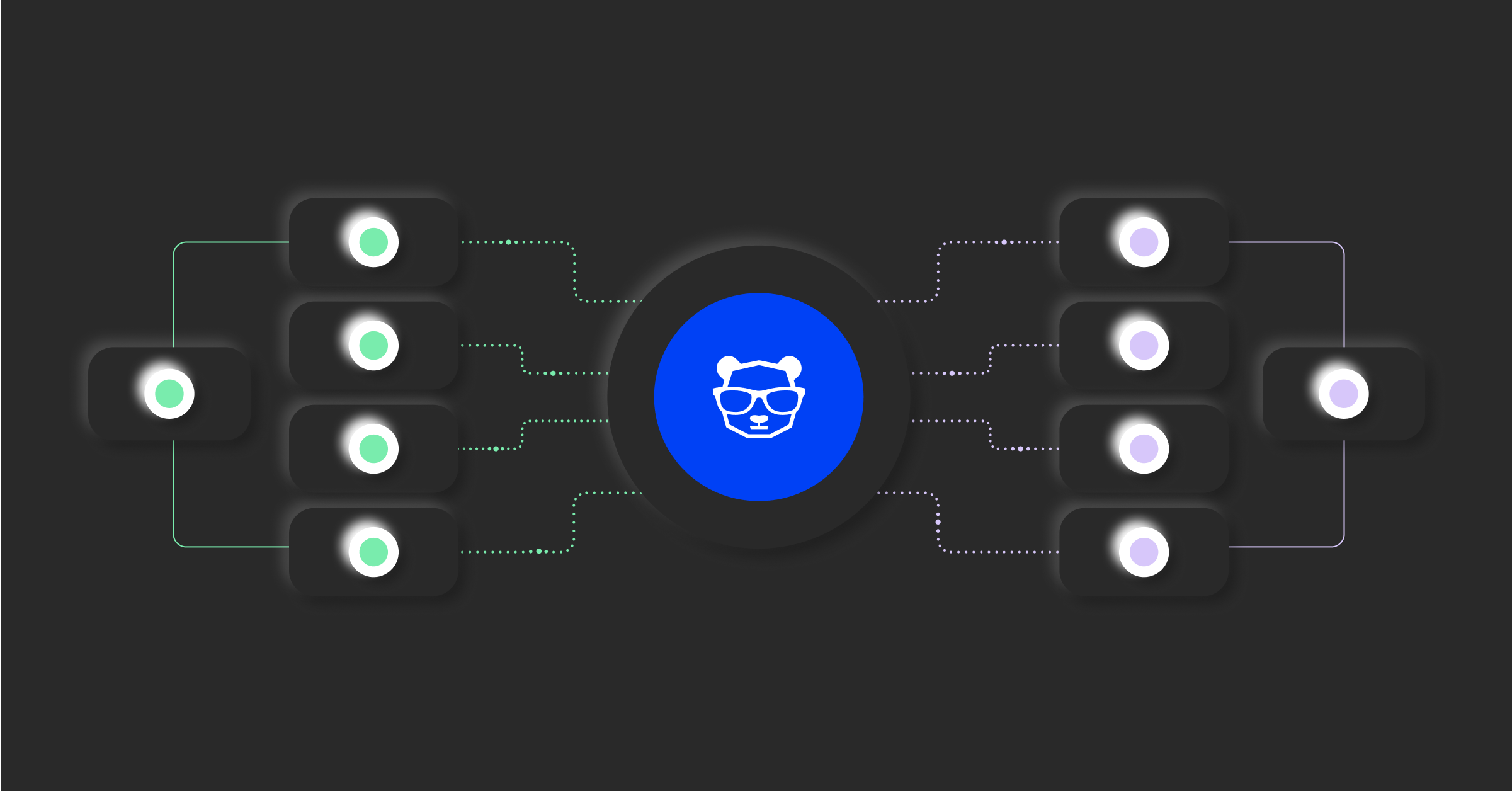Filter by
Category
- Perspectives
- Best practices
- ITSM
- Getting started
- News & events
Role
- Incident manager
- Observability
- Operations
- Practitioner
- Site reliability engineer
- Tech leader
Topic
- AIOps
- Alert intelligence
- Analytics
- Automation
- Incident management
- Integration
- ITOps
- Monitoring
Filter by category
- Perspectives
- Best practices
- ITSM
- Getting started
- News & events
Filter by role
- Incident manager
- Observability
- Operations
- Practitioner
- Site reliability engineer
- Tech leader
Filter by topic
- AIOps
- Alert intelligence
- Analytics
- Automation
- Incident management
- Integration
- ITOps
- Monitoring

Oops no results found!
Check out more posts.

